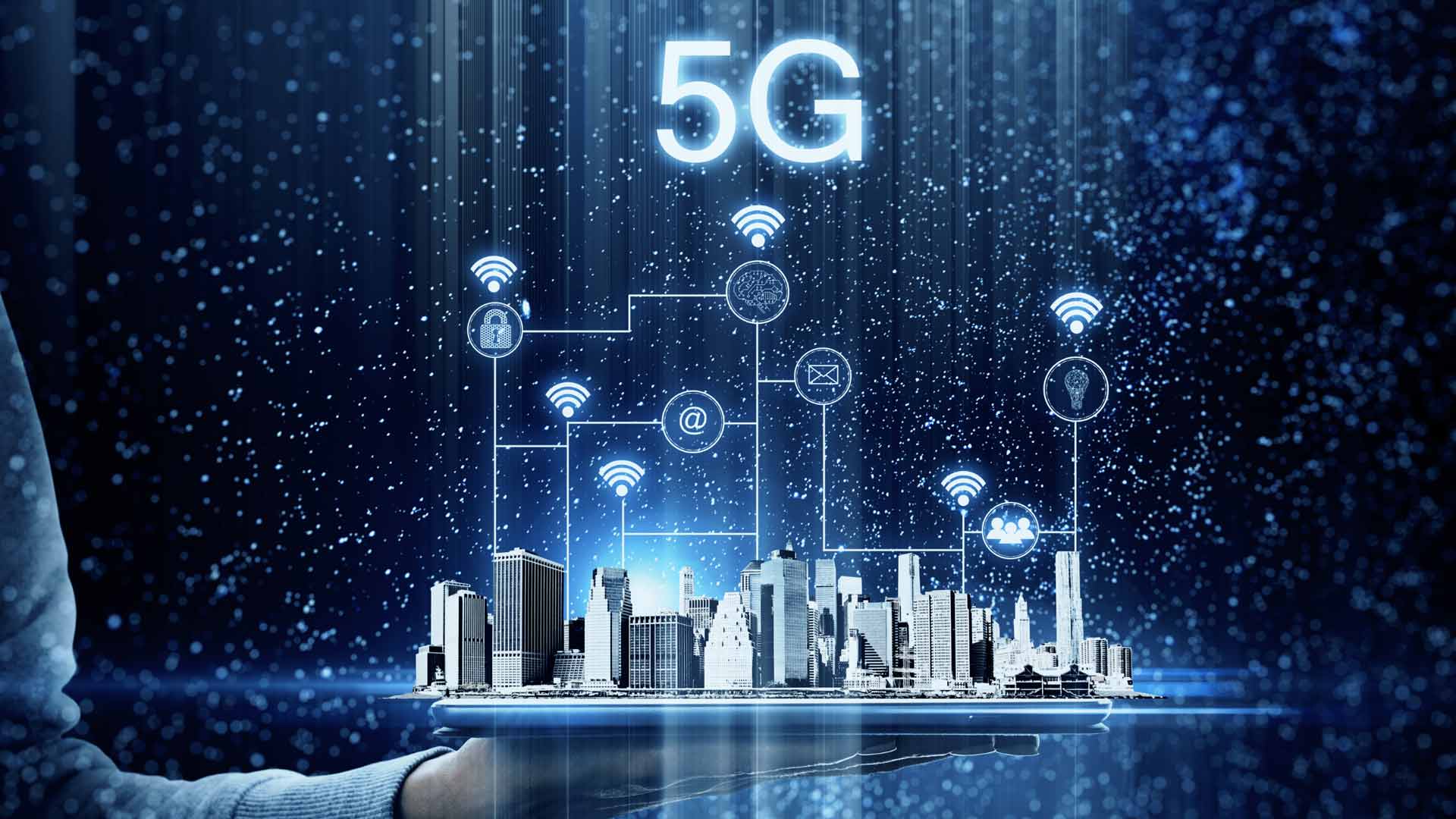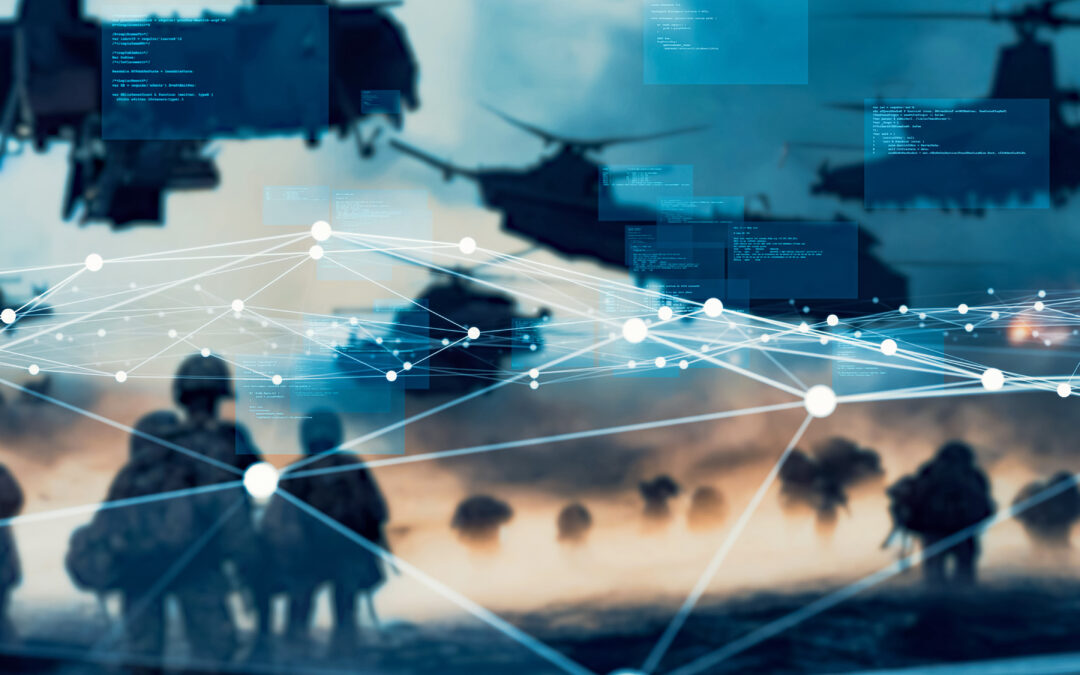By Darren Cummings – President, Performance Defense
This is the first article in a five-part series exploring applications of essential 5G technology for the defense industry.
While 5G mobile networks are rapidly maturing, the development of devices capable of taking full advantage of this 5G technology continues to lag behind. 5G represents a significant departure from 4G/LTE not only in speed, but also in how the networks work.
5G networks use a new form of encoding, Orthogonal Frequency Domain Multiplexing (OFDM), that allows it to use smaller bandwidths than earlier mobile generations. As a result, 5G offers significant improvements over 4G/LTE, including:
- Speed: 5G networks will offer speeds of 200-400 Mbps, compared to about 25 Mbps for 4G.
- Latency: 5G networks significantly decrease latency from 20-30 ms to less than 10 ms.
- Bandwidth: 5G networks can provide bandwidth in excess of 1 Gbps, compared to 200 Mbps with 4G/LTE.
- Density: 5G networks allow a much greater density of connected devices compared to 4G/LTE. Approximately 100x more devices can be connected in the same geographic area compared to 4G/LTE.
5G networks also provide more devices within a geographic area with vastly improved internet connectivity. As a result, the rollout of 5G opens up new opportunities for the deployment of Internet of Things (IoT) devices in locations where broadband internet is unavailable or unreliable.
5G and the Defense Industry
Adoption of 5G technology is central to the DoD’s technological strategy. DoD 5G Strategy states that, “5G is a critical strategic technology: those nations that master advanced communications technologies and ubiquitous connectivity will have a long-term economic and military advantage.”
5G-connected IoT devices have numerous defense applications. Some examples include:
- Grayspace Ops: Grayspace campaigns are commonly conducted in areas where reliable and high-performance network infrastructure is generally unavailable. 5G technology allows the deployment of IoT devices in these locales with minimal infrastructure requirements.
- Anti-Access/Anti-Denial: Anti-access attacks attempt to jam frequency bands to make communications impossible. 5G’s design allows it to use a wide range of frequency bands and more directed radio waves, making it more difficult for an attacker to effectively deny access to communications and network infrastructure.
- Long-Range Resilient Communications: 5G allows the use of low frequency ranges below 2 GHz. Radio waves at these frequencies can travel for long distances, providing long-range network access.
These represent only a fraction of the potential use cases of 5G technology for defense. For example, 5G’s ability to support a much greater density of connected devices can be invaluable for logistics or applications where warfighters, each carrying several networked devices, are located within a small geographic area. 5G technology makes the use of mobile networks possible for devices and use cases where low-latency, high-speed, and high-bandwidth network access is essential but otherwise unavailable or unreliable.
Essential Features for a 5G Solution
5G technology is promising, but adoption in DoD applications is still in its relative infancy. While mobile providers have been rolling out “5G” networks for years, these networks often don’t provide all of the features or promises of 5G. Only recently have mobile providers begun deploying infrastructure that takes full advantage of 5G’s network access.
Without the infrastructure needed to support it, the development of 5G devices and applications has not begun in earnest. For these systems to provide solutions to defense use cases, they must provide four essential features:
- Connectivity: 5G-capable systems should be able to connect to whatever networks are available (5G, 4G/LTE, Bluetooth, etc.)
- Computing: Maximizing the benefits of low-latency connectivity requires edge-based computing capabilities.
- Cybersecurity: 5G networks should provide secure network access for connected defense IoT devices.
- Certification: Adoption of 5G technologies for defense use cases requires solutions to hold the necessary DoD certifications.
5G is Vital to Defense Use Cases
5G networks provide the reliable, high-performance connectivity that is necessary to achieve defense goals in locales where equivalent network access is unavailable. However, adoption of 5G solutions that do not meet operational requirements can render the defense industry unable to meet the DoD’s 5G strategic objectives.
Further Reading
The remainder of this blog series explores the four essential features of a 5G solution for the defense industry: Connectivity, Computing, Cybersecurity, and Certification. In addition to discussing why each feature is vital for 5G systems, they describe how these objectives can be achieved as well as present real-world use cases and case studies. The upcoming blogs in this series include:





